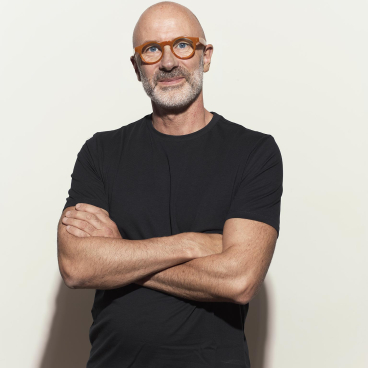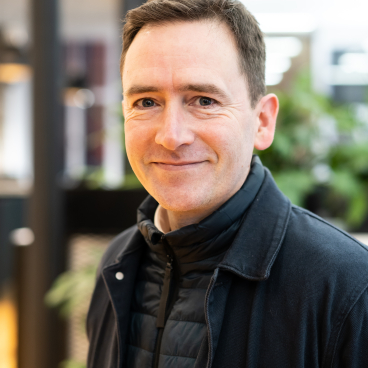Astrid Hugo, senior sustainability specialist, Gensler, on regenerative design, ESG, and collaboration for climate action.
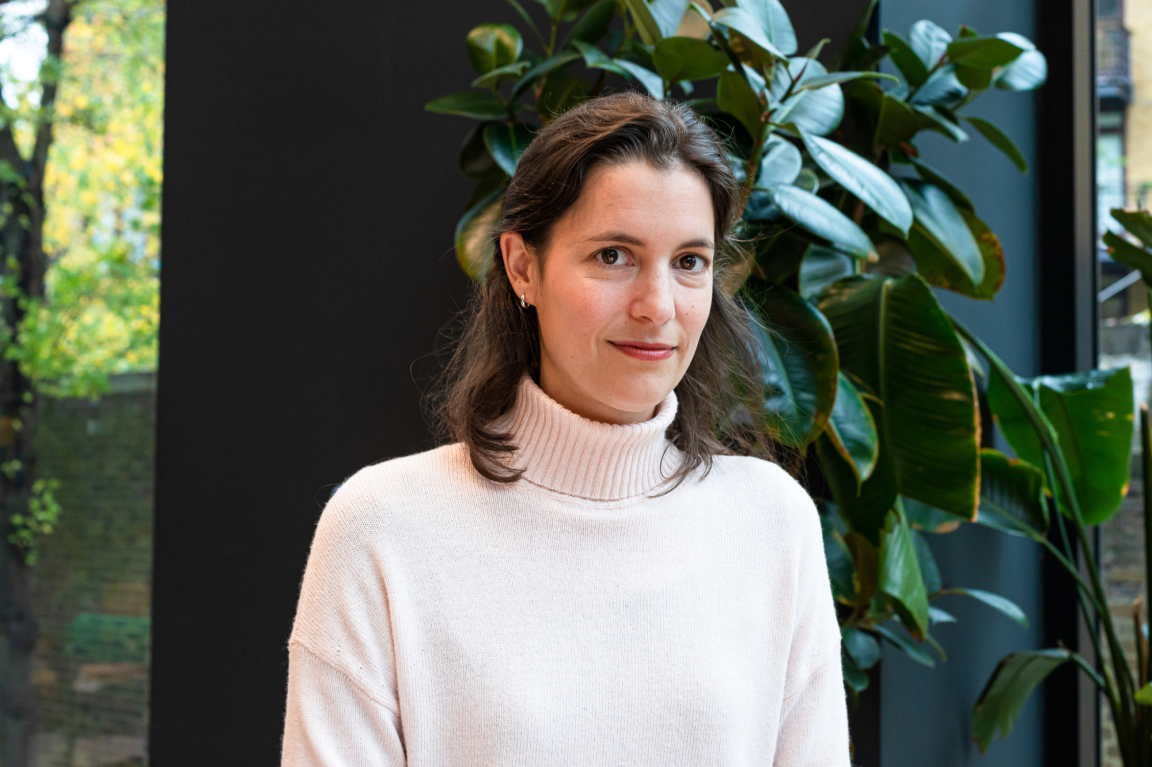
Global practice, Gensler, is on a mission to create a better world through the power of design. With 53 offices and 6K+ professionals based around the world, when discussing the challenges and solutions to bettering the built environment, the expertise of its team plays a vital role.
Honing in on the UK, and ESG - an element of the sustainability mix that covers many bases, Astrid Hugo, senior sustainability specialist, Gensler, collaborates directly with clients to turn acronym into actionables.
The theme of collaboration is one she believes is fundamental to securing more climate positive solutions - "we can’t change the world alone". And in our recent chat, she outlines how through working together, with one another and in partnership with nature, preferable outcomes have been achieved for both without compromise...
Firstly, can you please give us an overview of your professional background?
"I studied in Belgium but wrote my thesis on the rapid change of Shanghai, which brought me to the far east. I was fascinated by the urban ecosystem and density in Shanghai and believed cities were a more interesting and sustainable model than the sprawl of West-Flanders, where I grew up. I moved to work as an architect in Shanghai and worked on mainly large-scale mixed-use buildings, which offer such intense use of space and resources as they live 24 /7.
"I became a LEED AP to have a better understanding of the impact of my work on the environment. I joined Gensler in Singapore, where I enjoyed the rigour for quality and integration of nature in the built environment. During my time in the Singapore office, I collaborated on initiatives to improve the sustainability of our work and learned a lot from colleagues across the world. I eventually moved to London within Gensler, where I enjoy the diversity of projects and working with colleagues around the world to make them come to life."
What does your current role entail?
"I work across all types of projects to advise clients and design teams to meet climate and biodiversity targets. As we learn more about the impact the built environment has on this world, we carry a great responsibility as designers to do all we can to improve and regenerate. Regenerative design has a positive impact in terms of carbon, energy, biodiversity, wellbeing etc. It is a fascinating challenge to find ways to integrate regenerative practices on every project."
Put simply, what does ESG mean?
"The term ‘ESG’, with origins in the finance industry, is used to cover a wide range of topics related to Environmental, Social and Governance, a reporting framework used by companies to disclose how they address Environmental, Social and Governance aspects of their business.
"The idea behind ESG reporting was (and is) that there are financial risks associated with failures in these fields. Hence, to make better decisions, investors need data showing how publicly traded companies are managing those risks. This has begun to spread to all companies, including Gensler, where we see sustainable design as an opportunity to create resilient urban environments that contribute to our planet’s health."
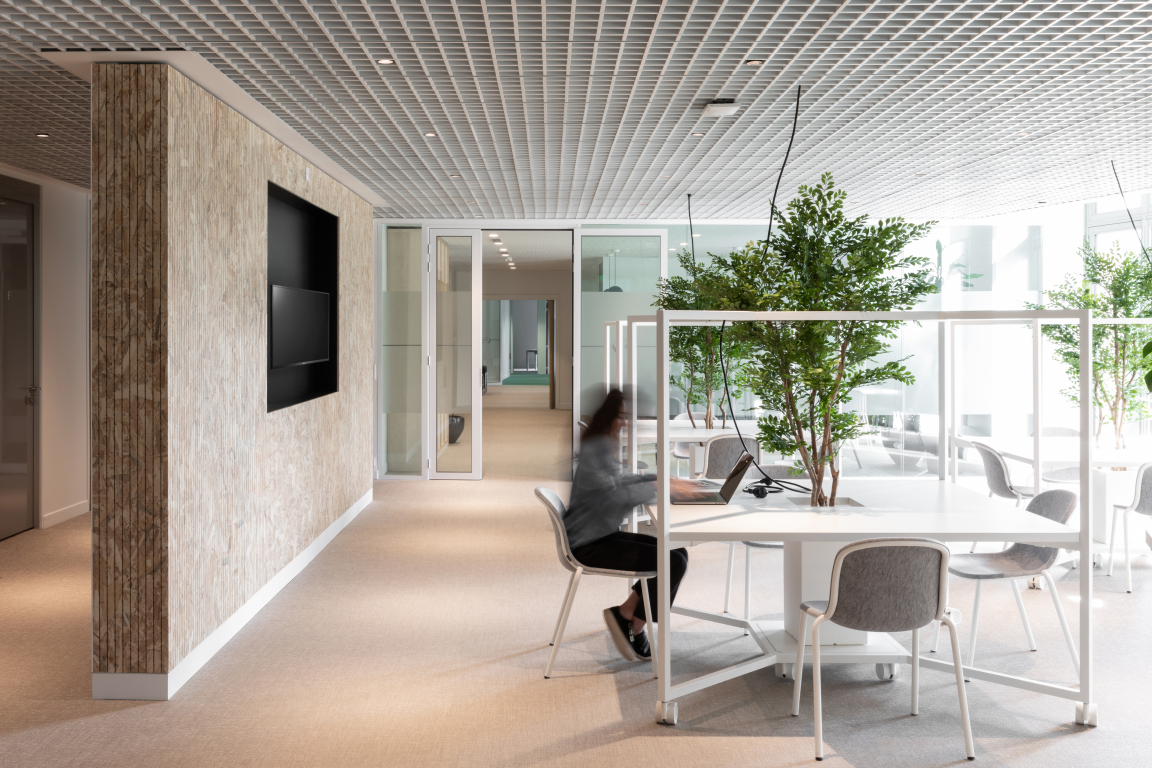
Korn Ferry, Paris, Photo Bertrand Fompeyrine
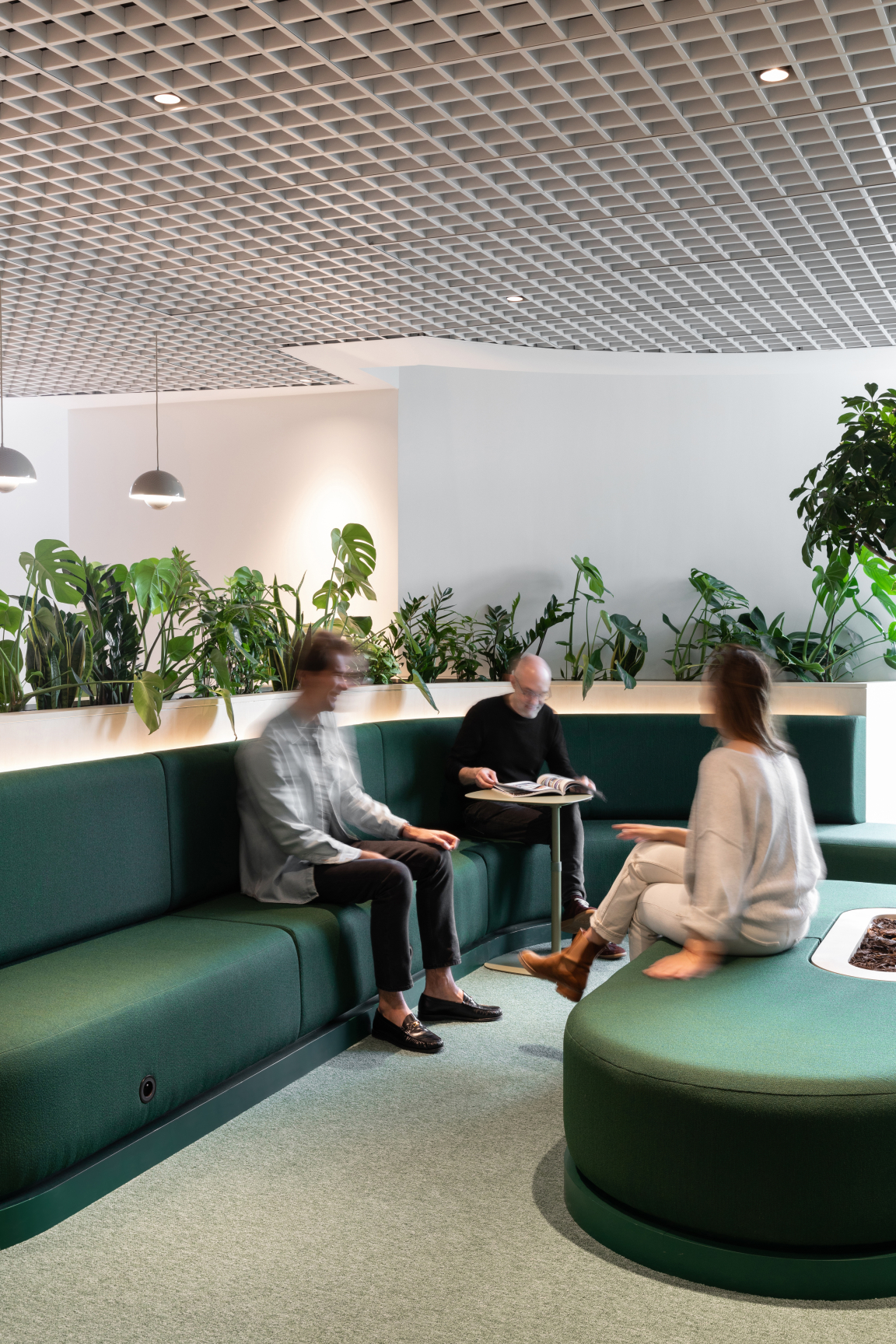
Korn Ferry, Paris, Photo Bertrand Fompeyrine
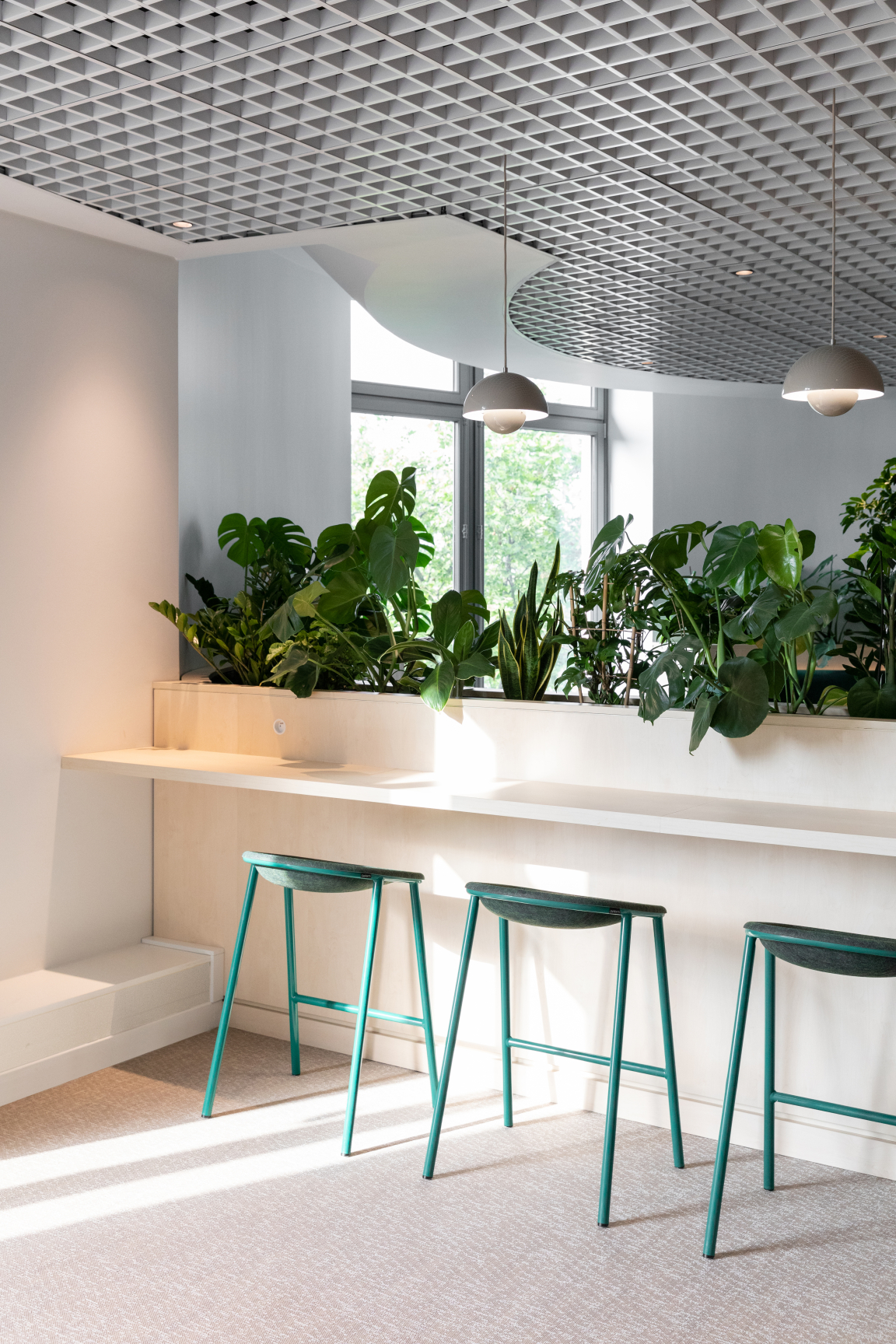
Korn Ferry, Paris, Photo Bertrand Fompeyrine
Do all parts of ESG apply to all architecture and design projects?
"Yes, although we have a more obvious overlap with the ‘E’ - environmental, as our work creates a built environment. Our impact on the environment can be measured in many ways such as our carbon footprint, energy use, indoor air quality, habitat creation for biodiversity etc.
"Our social impact can be measured through health and wellbeing metrics, equal access to the spaces we design, diversity of our suppliers and partners, etc. Governance of our work can be addressed through building certifications, change management work we do with our clients or the many internal efforts within Gensler to improve our own processes."
At what point do you get involved in a client project?
"Ideally I get involved as early as possible, to inform the brief so no opportunities are missed. A regenerative brief locks in targets before we think about solutions. Sometimes the most positive impact comes from doing less, being more intent with the intervention. When we can have these conversations early on, we can set long term goals. Too often we measure success based on short term goals, which ignore trickle down effects of our work."
Are there any recent projects you can share with us that have particularly had a focus on all of – or an element of – ESG?
"10 Gresham Street is a great example where our design brought together a host of environmental and social improvements. We quantified the carbon savings of the repositioning effort, and the overall design recently received planning permission.
"Gensler will transform the property into one of the leading sustainable and low-carbon refurbishments on the London market. The building transformation will usher in a new sustainable future for the architectural landscape of the city and set standards by enhancing biodiversity and leveraging the power of clean, 100% electric energy."
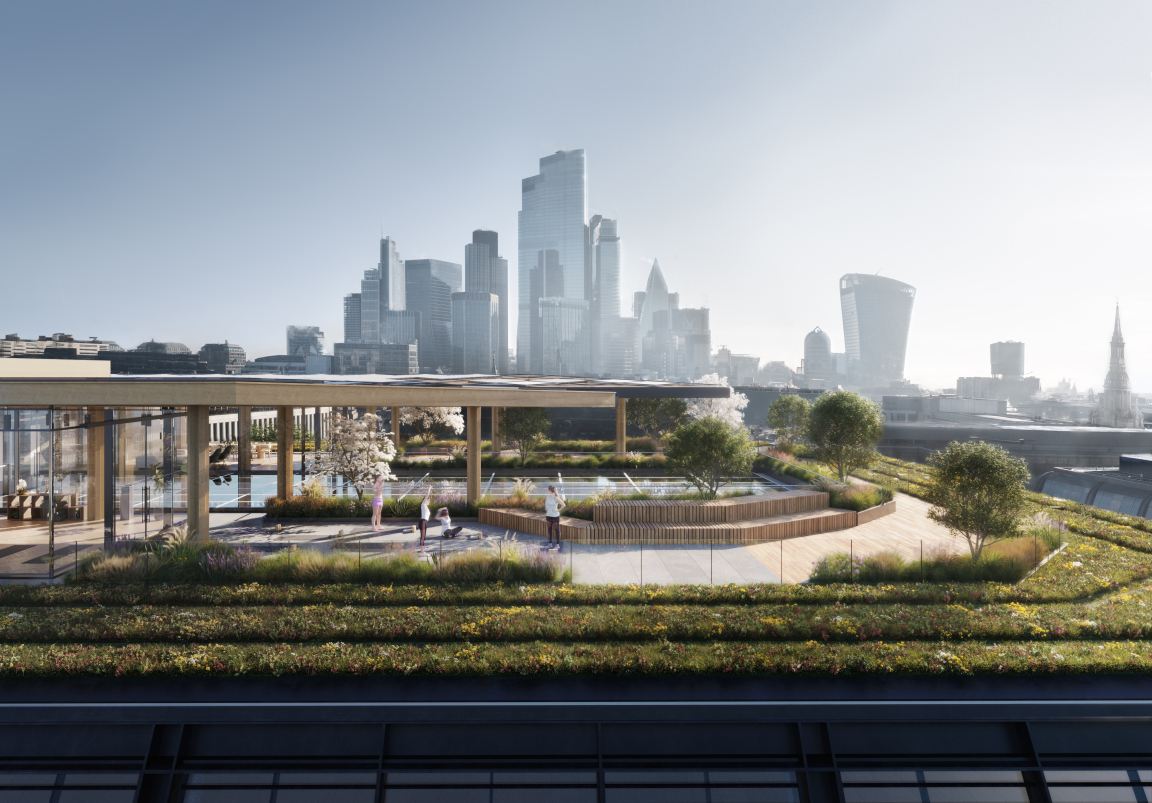
10 Gresham Street CGI, courtesy CBRE Investment Management
What steps is Gensler taking to become more sustainable in terms of adopting ESG?
"At Gensler, we are aware that design is about much more than aesthetics. Design is about impact—how the places and spaces where we spend our time shape us and our environment profoundly. As a result, we’re on a mission to cut carbon emissions on our projects by 2030 and have strategies like the Gensler Cities Climate Challenge (GC3) to eliminate all net emissions associated with our work."
Is sustainability more of a focus for clients now?
"Yes, we’ve seen a lot of interest from our clients to find new ways to collaborate, including around sustainability. Our clients are open to working with us as we aim to lead the industry to carbon net zero. They understand the value of climate action, particularly as the built industry is responsible for 40% of all carbon emissions, so we are aligned in our mission."
Are there any innovations in materiality or perhaps processes that you feel are making great strides towards a more sustainable built environment?
"Yes there are groundbreaking innovations happening every day. I am very excited about the future of biobased materials becoming more commercially prevalent and reducing the carbon footprint of our work. At Gensler, we also recently announced our Gensler Product Sustainability (GPS) Standards wherein we establish sustainability performance criteria for the top 12 most used products in architecture."
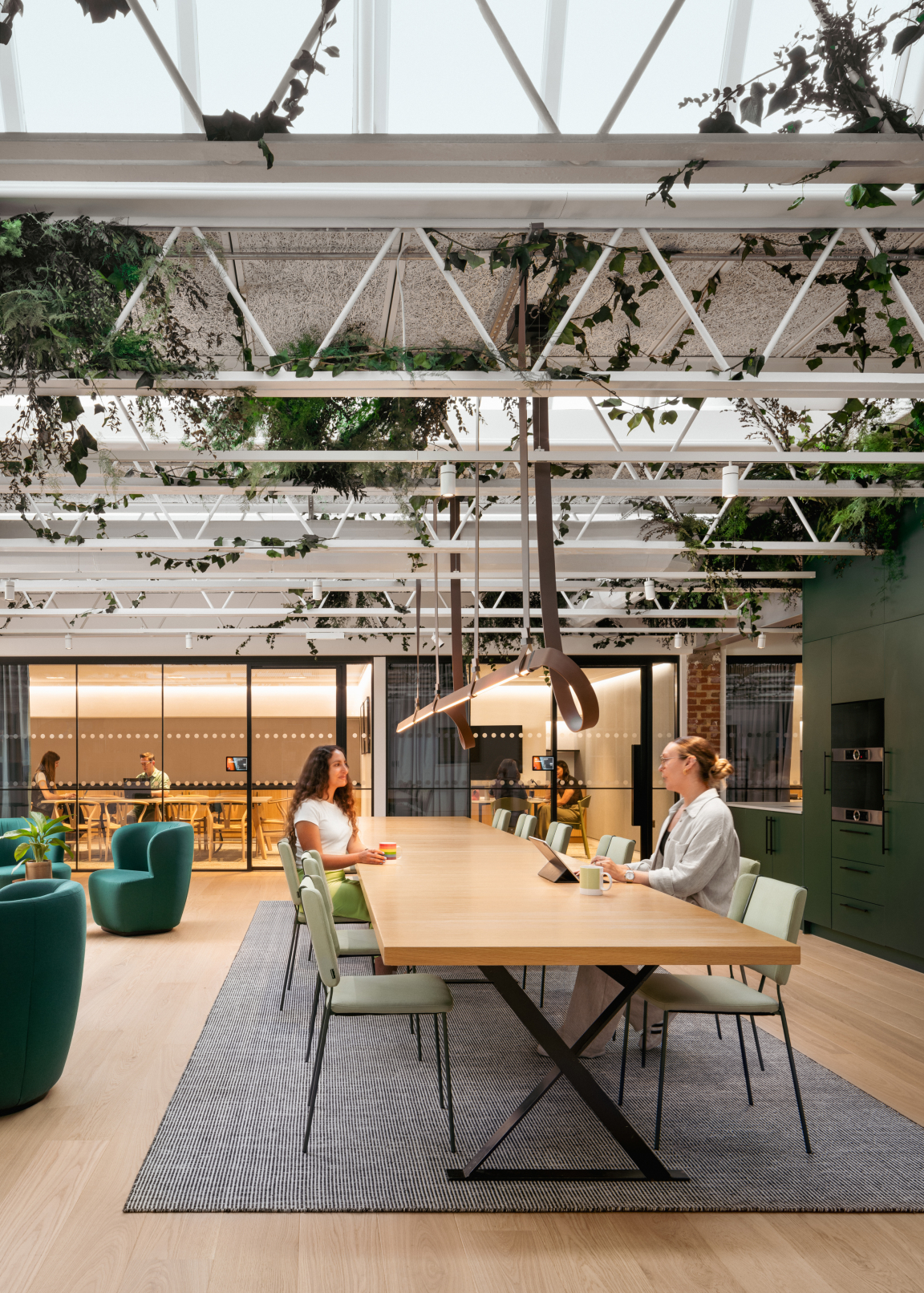
Edelman, Francis House, Photo Vigo Jansons
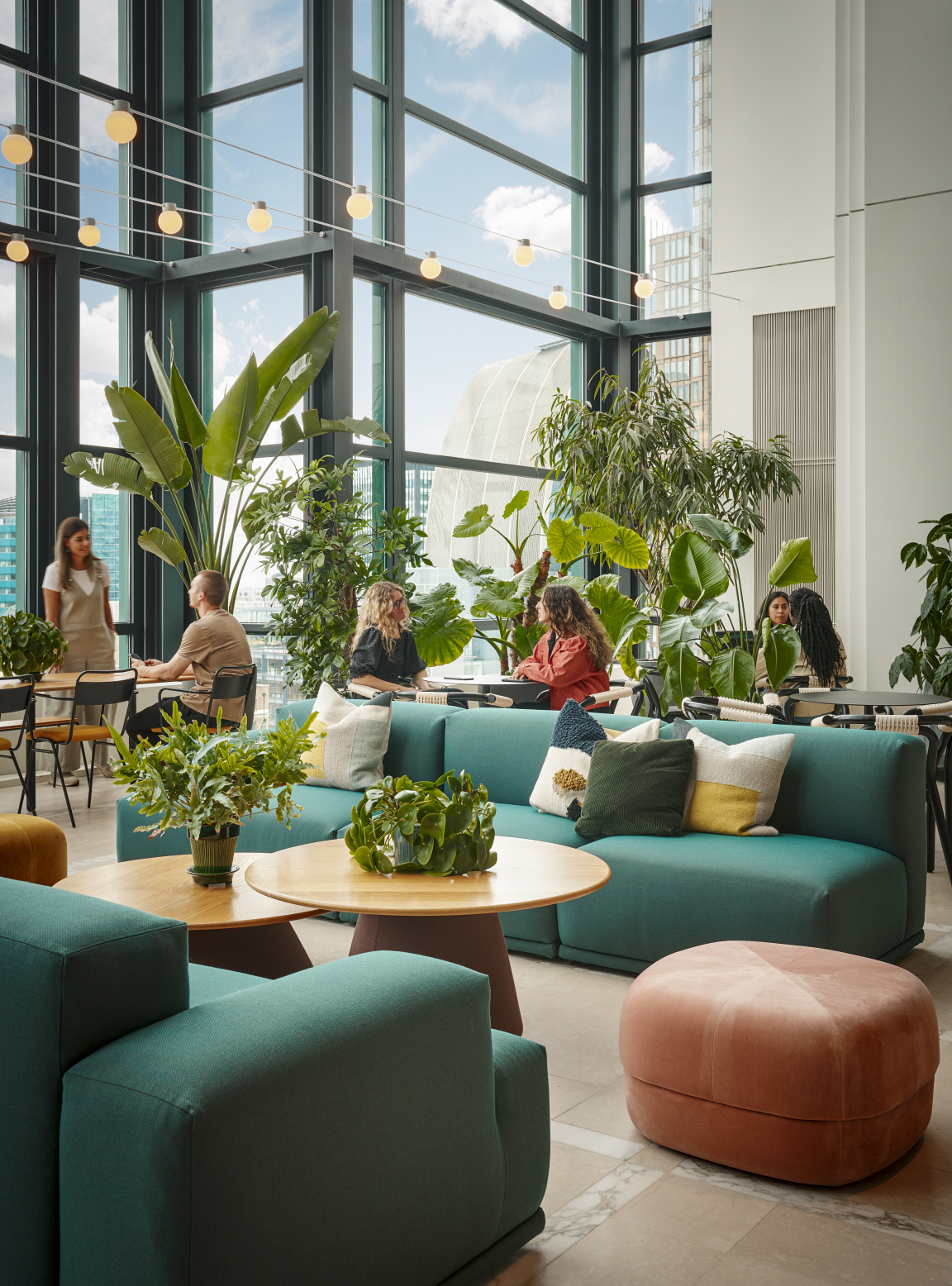
McCann Worldgroup, London, Ryan Gobuty
What are you currently working on?
"One project I’m very excited to be working on is a masterplan where we are using biophilia to drive the design, learning from nature to create attractive high performing spaces."
If you had one piece of advice for architects and designers looking to adopt more sustainable practice, what would it be?
"An architect has about 60* higher carbon footprint than the average person due to the amount of resources used to materialise our designs. We should be very aware of this impact and the responsibility that comes with it. Designers have the opportunity to use this to improve the way we work. Stay curious, keep learning and collaborate as we can’t change the world alone."



